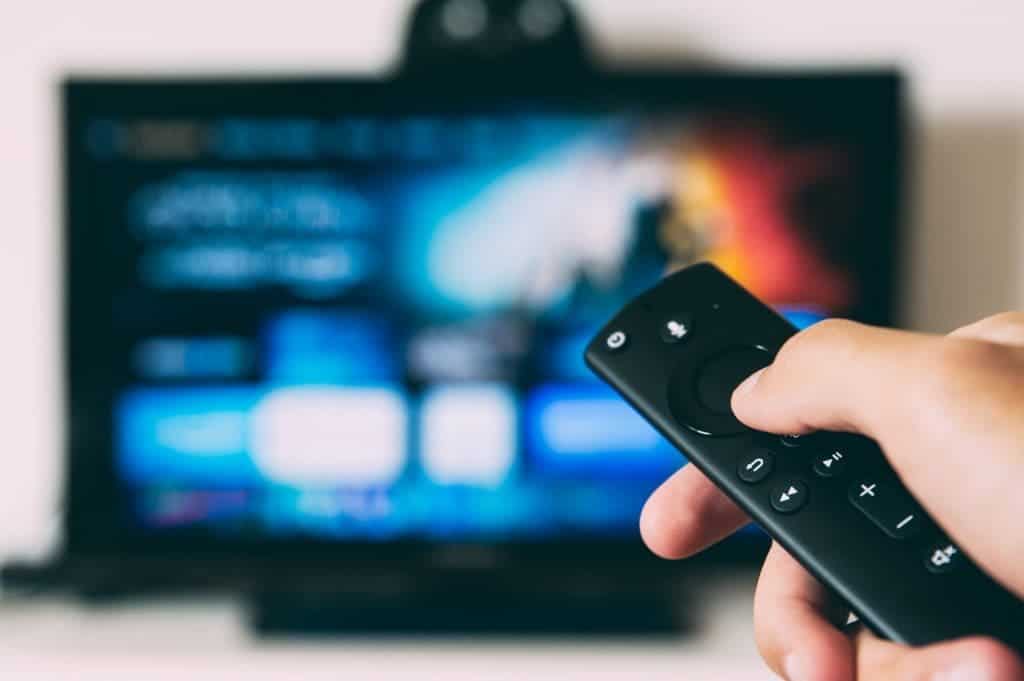We never thought we’d say this, but maybe there are a bit too many options here.

With the world on hold for one pandemic year and with more people than ever forced to stay home and work from home, streaming services were bound to bloom — and that they did.
Streaming services are already mainstream. Already, two in three Americans use their smart TV’s built-in software to access such services, and about half rely on connected devices (such as Apple TV or Fire TV) — which suggests that a significant proportion of Americans use both. In fact, Americans rarely settle for only one streaming service.
According to a recent survey conducted by Verizon Media and Publicis Media, consumers access five services on average, and cord stackers (people who use both streaming services and cable TV) use seven streaming services on average.
With such bewilderment of options, it’s not hard to understand why some users may find themselves confused and uncertain what to opt for. The same survey mentions that 56% of the surveyed users say they are overwhelmed by the number of streaming services to choose from. Granted, this is better than the alternative (and it’s quite a first-world problem to have), but it is becoming a problem — especially since you’re never gonna watch everything that a single streaming service has to offer, let alone half a dozen. As ScreenBinge points out, the educational content on Netflix alone could keep you busy for years.
As Rachel Soloff in PittNews comments, “there are way too many streaming services at this point”. The appeal of the first streaming services was that you could watch your favorite shows when you wanted it. But more and more competing services are popping up and purchasing content from each other, forcing people to subscribe just to watch one or two of their favorite shows (without realizing they don’t care about the other shows on the platform).
As The Guardian explains, these can become quite expensive. In and of themselves, streaming services aren’t really expensive, especially considering the mountain of content most of them offer. But when you add them up (and a lot of people do), the cost also increases substantially. Almost half of the American users are reportedly worried by how much they are paying for streaming.
There’s also little communication between competing services. If you want to see your favorite show, you either have to look up what platform it’s on or just search through all of them. Of the respondents that accessed five or more streaming services, 80% said they wished there was a “universal search” feature.
So where does this leave us? The streaming industry may be at a turning point. Having matured and grown, it’s become more competitive than ever, but unlike other industries, this isn’t necessarily making things better for consumers. A confusing streaming war is making users feel overwhelmed and oversaturated. When it comes to streaming at least, more choice may not be better.


